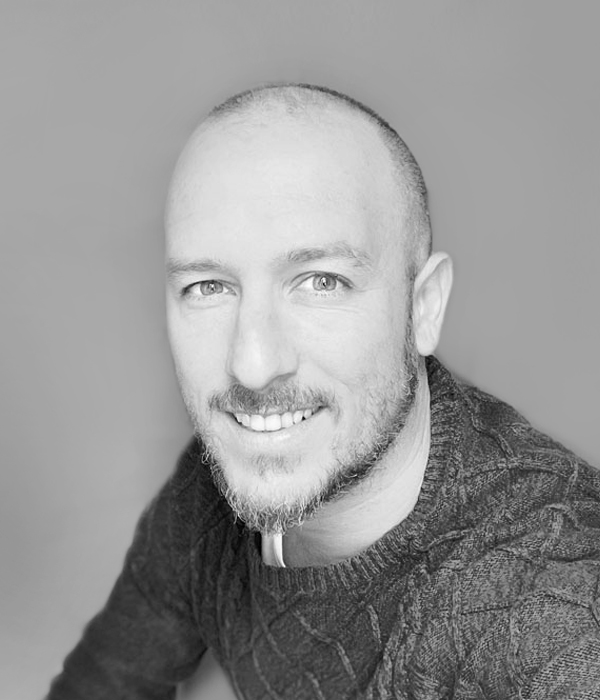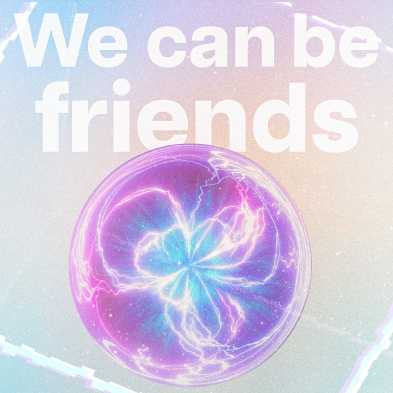Ditch the Home Tests
Over the past 14 years, we've been recruiting product designers and have gained valuable insights into this intricate process. We'd like to share our perspective on the challenges both recruiters and designers face in finding the perfect match.
Behind the Screen
As technology advances, it remains surprisingly difficult for recruiters to find the ideal designer, and for designers to navigate a process that often involves three or more interviews and take-home assignments.
When we publish an open design position, we receive hundreds of applications. From our experience, we’ve found that handling the recruitment process ourselves is the most effective way to identify the right candidate quickly.
For clarity, we conduct a single interview maybe a second one to meet the founders and that’s it. No homework, no take-home tests, and no endless rounds of interviews.
In the following sections, I’ll explain the user experience from a recruiter’s point of view, with the hope that both recruiters and candidates can benefit from these insights.
If you are a product manager or in an HR position, we strongly recommend including a designer in the interview process. If you’re an early-stage startup, consider hiring a designer on an hourly basis to assist with these interviews.
One of the biggest challenges is assessing a candidate’s true experience and potential. Many applicants label themselves as “Senior,” yet their portfolios may not meet industry standards. Conversely, some juniors, working with tools like Figma and Webflow, create portfolios that appear highly polished in a short time.
Regarding take-home tests, I’ll be brief: they are a waste of time for both parties. There are more effective ways to evaluate a candidate’s suitability for your design position and alignment with your company’s values.
The User Experience of a Design Recruiter:
Here’s how I review portfolios. For the sake of this article, I’ll use the term “Log out” or “wrong energy” to describe when an application turns me away to the next one.
1. Email
In your email, limit the text to three lines. Overly long emails can create the wrong energy.
2. CV
If a CV is poorly designed or has typographical issues, I log out. A designer’s CV should be clean and well-structured, with attention to font size, line height, and font weight. A poorly designed CV often signals a lack of experience.
3. CV Website Link
If your portfolio website link isn’t clickable, especially for a user experience position, I log out.
4. CV Experience Section
Honesty is crucial. Experienced recruiters can sense exaggeration. If you’ve only done a small side project, that’s okay—just be honest about it. Overstating your experience can create the wrong energy.
5. Portfolio
For a product design position, three product design projects are sufficient. For a brand design position, three brand design projects will do. Don’t mix the two. If you are a full-stack designer, separate your portfolios. I might log out if I see brand design when I’m specifically looking for a product designer, and vice versa.
6. Interview
During interviews, I look for two main factors:
1. Experience or Potential: How the candidate talks about product design.
2. Personal Qualities: Does the candidate fit well with the team? Will they complement the team dynamics? Can they become friends with their colleagues?
Summary
If a candidate makes a good impression via email, has a well-designed CV, nails the three project portfolio, and you feel a strong chemistry during the interview—hire them! The rest can be taught or learned through a training program. Additional interviews or take-home tests are often unnecessary and can dampen the enthusiasm on both sides.
🚀🚀 I hope this has been helpful. Best of luck to everyone!





 in Tel Aviv
in Tel Aviv